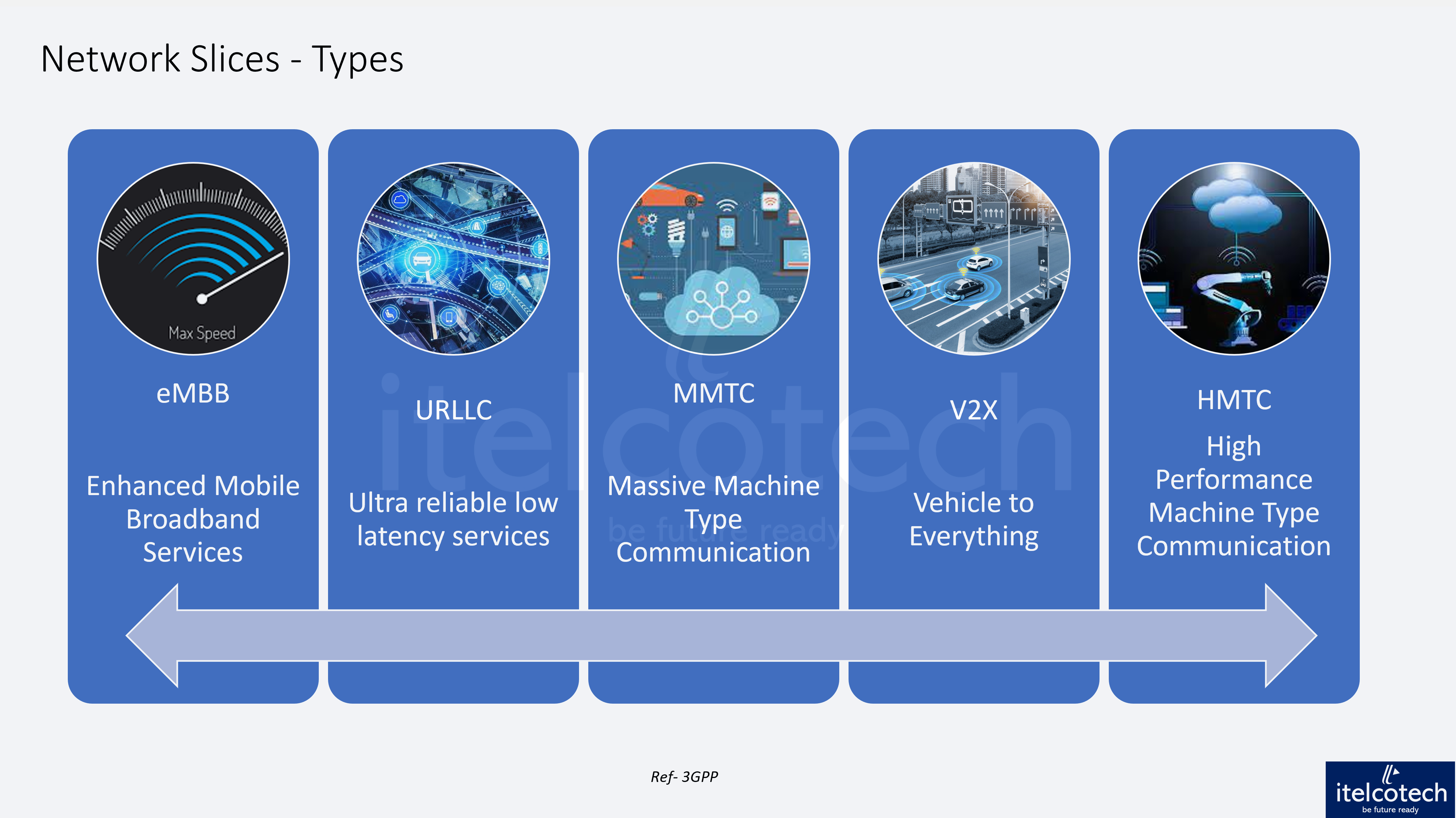
Network Slicing - Types
byRahul Kaundalon
Network Slicing - Types
Network slicing is a key concept in 5G and beyond, allowing the creation of logical networks tailored to specific use cases. Each type of network slice is designed to meet the unique requirements of different applications and here is a brief explanation of each slice type:
eMBB (Enhanced Mobile Broadband):
Use Case: High data rate, high capacity, and enhanced mobile broadband services.
Characteristics: Designed for applications with high bandwidth requirements, such as ultra-HD video streaming, virtual reality (VR), and augmented reality (AR).
URLLC (Ultra-Reliable Low Latency Communications):
Use Case: Critical communication applications that require ultra-low latency and high reliability.
Characteristics: Designed for applications where latency is crucial, such as industrial automation, remote surgery, and autonomous vehicles. It ensures reliable and near-instantaneous communication.
mMTC (Massive Machine Type Communications):
Use Case: Massive deployment of devices with sporadic transmissions and low energy consumption.
Characteristics: Ideal for the Internet of Things (IoT) and machine-to-machine (M2M) communications where a massive number of devices need to be connected, and individual data transmissions are infrequent.
V2X (Vehicle-to-Everything):
Use Case: Communication between vehicles and other entities, such as pedestrians, infrastructure, and other vehicles.
Characteristics: Critical for connected and autonomous vehicles, enabling real-time communication for enhanced safety, traffic efficiency, and improved overall transportation systems.
HMTC (High-Performance Machine-Type Communications):
Use Case: Applications involving high performance communications between machines and network
Characteristics: Including low latency, high availability, and high data rates. Although similar to the characteristics of the newly defined V2X slice, no mobility or sidelink is required.
These network slices enable network operators to allocate resources and provide specific quality of service (QoS) parameters based on the unique requirements of different applications, ensuring a more flexible and efficient use of the network infrastructure and opens up new revenue streams.
** To learn about Network Slicing in detail, refer to the course - https://www.itelcotech.com/learningpath/network-slicing-overview-key-enablers-initial-registration-and-template
